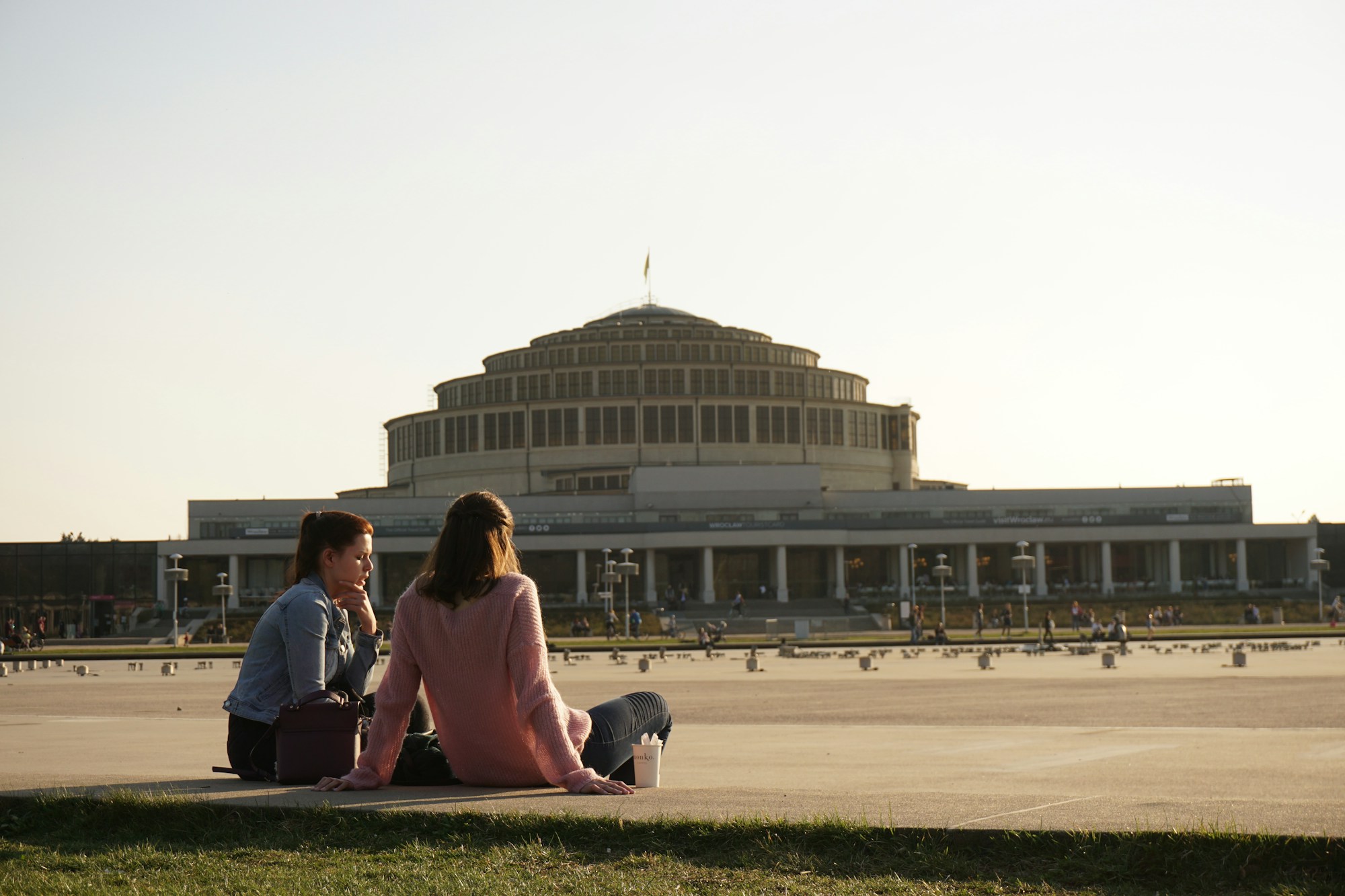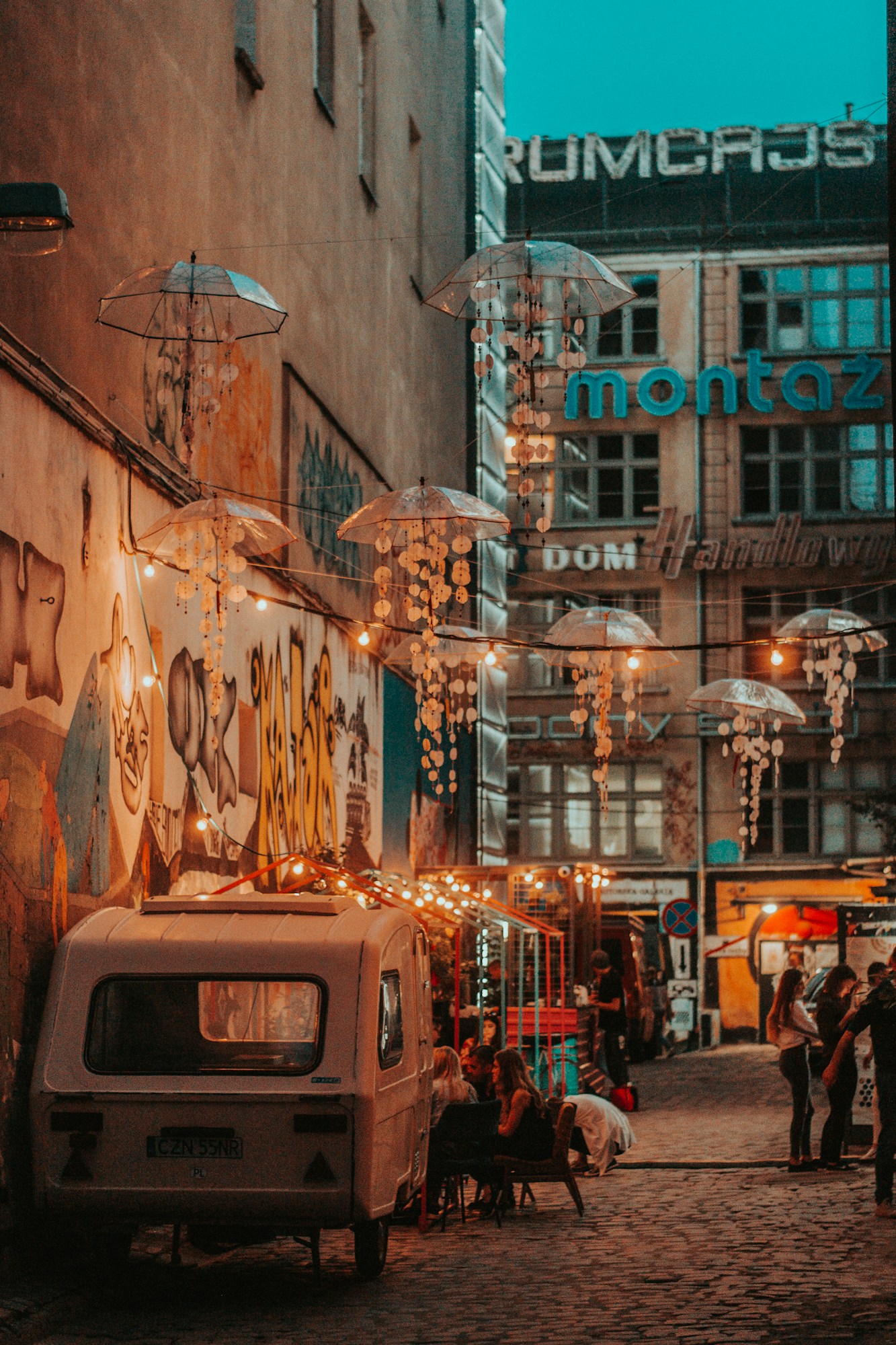- Historical Capital of Silesia: Wrocław, a Polish city with over 1000 years of history, has been a significant center in Central Europe, witnessing various cultural and political changes.
- Cultural Hub: Renowned for its vibrant student population and rich cultural scene, including several historical landmarks and a prestigious university with Nobel laureates.
- Architectural Melting Pot: Exhibits a diverse architectural heritage, blending Polish, Bohemian, Austrian, Saxon, and Prussian influences.
- Vibrant Present, Promising Future: Recognized as a livable city with accolades like European Capital of Culture, reflecting its modern growth and dynamism.
Let me tell you about Wrocław, a city that feels like a journey through time and cultures, nestled in the heart of Europe. It’s a place where history whispers from every corner, and modern vibes pulsate in the streets.
A City Steeped in History
Imagine walking through Wrocław – a city that’s seen the rise and fall of empires. Once, it was a bustling medieval town, its market square alive with traders from the Via Regia and the Amber Road. I often picture myself standing in the shadow of its majestic cathedrals, sensing the echoes of past rulers from the Kingdom of Poland, Bohemia, and even Germany.
The University of Wrocław: A Beacon of Knowledge
As I wander towards the University of Wrocław, I’m struck by its grandeur. This institution isn’t just a place of learning; it’s a symbol of the city’s enduring quest for knowledge and innovation. With a legacy of nine Nobel Prize laureates, the university is a testament to Wrocław’s intellectual prowess.
Wrocław’s Architectural Tapestry

The city’s architecture is a vivid tapestry of styles. From the Gothic spires of Cathedral Island to the modernist lines of Centennial Hall, Wrocław’s buildings are like a history book in stone and mortar. As I stroll through the streets, the mix of German, Polish, and Bohemian influences is evident in the facades that line the bustling roads.
Wrocław Today: A Cultural Melting Pot
What truly makes Wrocław stand out is its vibrant cultural scene. It’s a university city, teeming with young energy and creativity. The streets are alive with students, artists, and entrepreneurs, each adding their unique brushstroke to the city’s dynamic canvas.
A Testament to Resilience and Rebirth
Wrocław’s history wasn’t always bright. The scars of World War II, when it was a fortress city enduring a brutal siege, are a stark reminder of its resilience. Post-war, the city rose from the ashes, rebuilt by Poles who brought their traditions and spirit, infusing new life into Wrocław.
Celebrating Diversity and Inclusivity
This city isn’t just about its past; it’s a beacon of diversity and inclusivity. Wrocław’s identity today is shaped by its multi-ethnic history, now proudly Polish but always remembering the various cultures that contributed to its rich tapestry.

Wrocław in the Modern Era
In recent times, Wrocław has gained international recognition. Being named a European Capital of Culture and hosting major events like the World Games, it’s not just on the map, it’s a bright star on the European cultural landscape.
Conclusion: A City of Endless Discoveries
As I reflect on Wrocław’s journey, I’m reminded of how cities can be living, breathing entities, shaped by history, culture, and the people who call them home. Wrocław isn’t just a city to visit; it’s a story to be experienced, a narrative woven through centuries of triumphs and tribulations.
Frequently Asked Questions
- What is the historical significance of Wrocław?
Wrocław’s history spans over a thousand years, playing pivotal roles in the Kingdom of Poland, Bohemia, Hungary, the Habsburg Monarchy, Prussia, and Germany, reflecting a rich cultural and political heritage. - Why is Wrocław known as a cultural hub?
With a large student population, historic university, and numerous cultural landmarks and events, Wrocław is recognized as a vibrant center for arts, education, and history. - What architectural styles can be seen in Wrocław?
Wrocław showcases a blend of Gothic, Baroque, Modernist, and other architectural styles, reflecting its diverse historical influences. - How did World War II impact Wrocław?
Wrocław suffered significant damage during WWII, especially during the Siege of Breslau. Post-war, it was rebuilt and revitalized, symbolizing resilience and rebirth. - What makes Wrocław a unique European city?
Its complex history, architectural diversity, vibrant student life, and status as a cultural melting pot make Wrocław a unique and dynamic European city.
